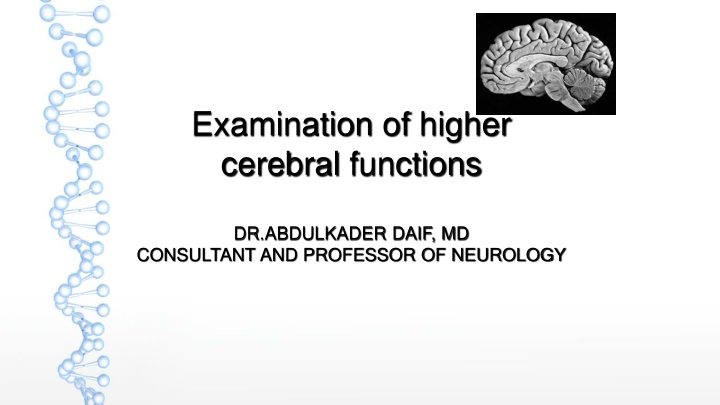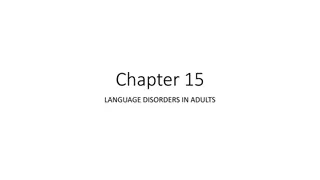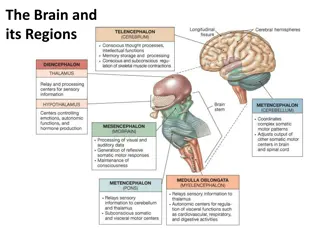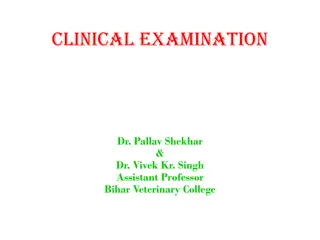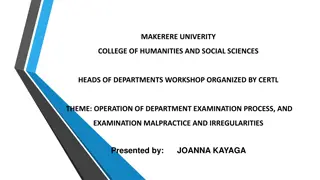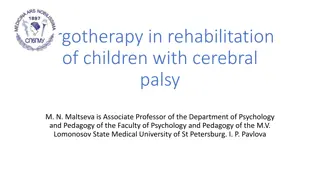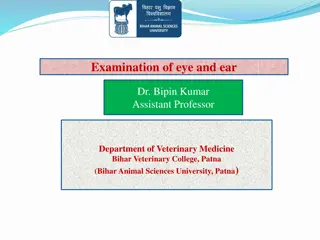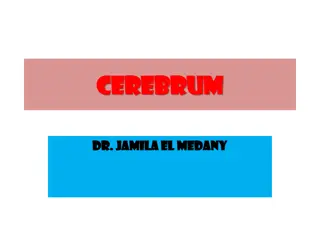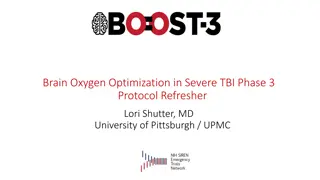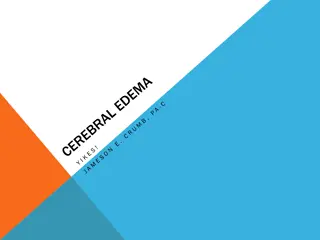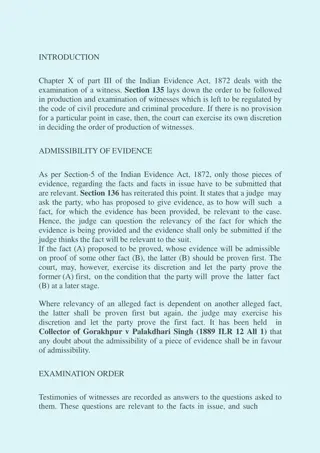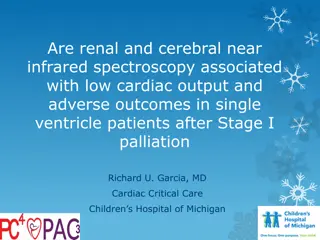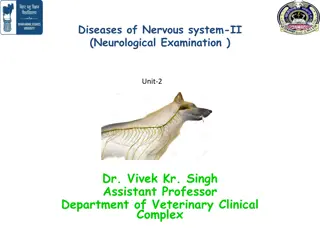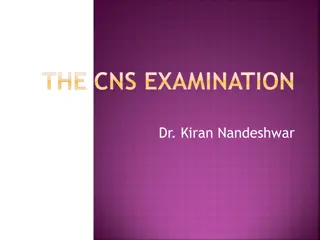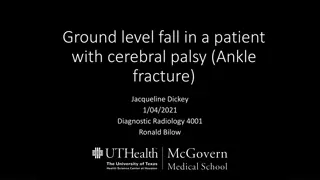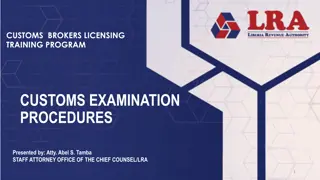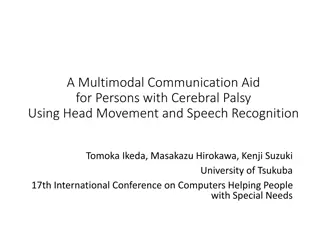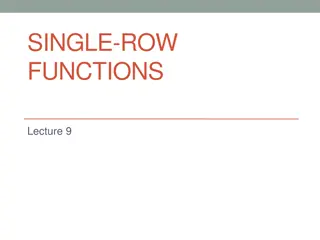Examination of Higher Cerebral Functions by Dr. Abdulkader Daif, MD
Frontal, temporal, parietal, and occipital lobes play crucial roles in cognition, memory, language, perception, and motor function. Dr. Abdulkader Daif, a renowned neurology specialist, explains the significance of each lobe and the tests used to assess their functions.
Download Presentation

Please find below an Image/Link to download the presentation.
The content on the website is provided AS IS for your information and personal use only. It may not be sold, licensed, or shared on other websites without obtaining consent from the author.If you encounter any issues during the download, it is possible that the publisher has removed the file from their server.
You are allowed to download the files provided on this website for personal or commercial use, subject to the condition that they are used lawfully. All files are the property of their respective owners.
The content on the website is provided AS IS for your information and personal use only. It may not be sold, licensed, or shared on other websites without obtaining consent from the author.
E N D
Presentation Transcript
Examination of higher cerebral functions DR.ABDULKADER DAIF, MD CONSULTANT AND PROFESSOR OF NEUROLOGY
Frontal Lobes The frontal lobes are important for attention, executive function, motivation, and behavior. Tests for frontal lobe function include working memory (digit span, spelling backward), judgment, fund of knowledge, task organization and set generation such as naming lists of things in a certain category. 2
Temporal Lobes The temporal lobes are important for emotional response (amygdala and its connections to the hypothalamus and frontal lobes) and memory (hippocampus and limbic connections). Clinically the main tests for temporal lobe function are those of memory, particularly declarative memory. 3
Language- Temporal and Frontal Lobes The principle area for receptive language is Wernicke's area. The major region for expressive language is Broca's area Homologous regions of the non-dominant hemisphere are important for the non-verbal contextual and emotional aspects as well as the prosody (rhythm) of language. Tests for written and spoken receptive and expressive language are used to "view" these language centers 4
Parietal Lobes The parietal lobes are important for perception and interpretation of sensory information especially somatosensory information. The non-dominant parietal lobe is particularly important for visual-spatial function. The dominant parietal lobe is important for praxis, which is the formation of the idea of a complex purposeful motor act while the frontal lobes are important for the execution of the act. The Gerstmann syndrome, which consists of the constellation of acalculia, finger agnosia, right-left confusion and agraphia, occurs with damage to the dominant inferior parietal lobe. Clinical tests for parietal lobe function include tests for agnosia (such as inability to identify objects by tactile exploration), apraxia (inability to perform purposeful motor acts on command), constructional apraxia (inability to draw objects which require use of visual spatial organization) and testing for elements 5
occipital lobes are important for perception of visual information. Areas in the inferior temporal visual association cortex are important for recognition of color and shape as well as the recognition of faces. Projections from the occipital lobe to the superior temporal-parietal area are important for perceiving motion of objects. Tests that are used to examine the occipital lobes and its connections include visual fields , naming of objects, naming of colors and recognition of faces. 6
A 70-year-old man has a stroke which causes him to have the following findings on neurological exam: right/left confusion and di A. Dominant parietal lobe: agraphia. B. Nondominant parietal lobe: constructional apraxia. C. Dominant frontal lobe: anomia. D. Nondominant frontal lobe: impaired working memory. E. Dominant temporal lobe: prosopagnosia. 7
The correct answer is A . Damage to the inferior parietal lobe of the dominant hemisphere results in the Gerstmann syndrome which includes right/left confusion, finger agnosia, acalculia and agraphia. 8
A patient has the sudden onset of inability to talk. He understands what is said to him but can only say "if only" and "oh no." Where is the lesion? Left superior temporal gyrus. Left parietal lobe - angular gyrus of the parietal lobe. Left inferior frontal gyrus. Both the superior temporal gyrus and inferior frontal gyrus on the left. A. B. C. D. 9
The correct answer is C. A lesion in the dominant inferior frontal gyrus or Broca's area would result in an expressive aphasia where comprehension is preserved but speech output is impaired. The resulting speech is nonfluent, telegraphic and often minimal 10
An example of apraxia would be which one of the following? A. Patient cannot name colors. Patient has difficulty saying multisyllablistic words. Patient has inability to show he can cut with imaginary scissors. Patient has difficulty with understanding the emotional and affective component of what is said to them. B. C. D. 11
The correct answer is C . Apraxia is the inability to perform a purposeful motor act on command. It can seen in lesions of the dominant parietal lobe. 12
